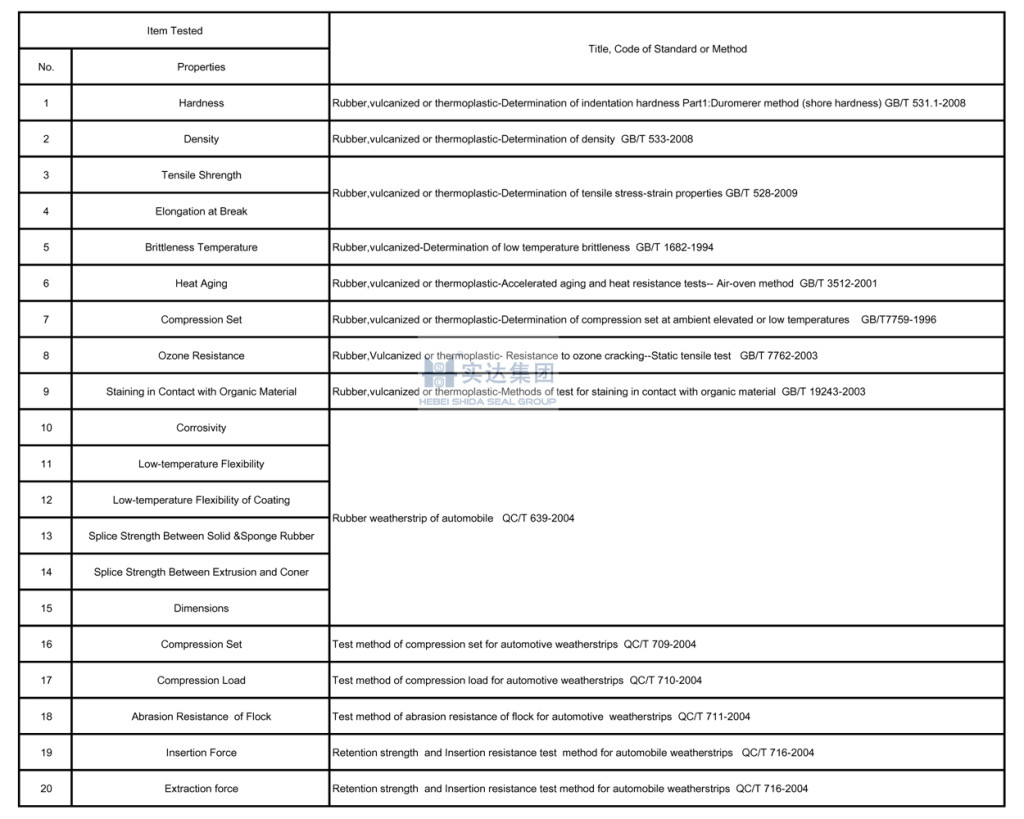Rubber Molding Processes
Processing rubber to produce final products for end use really depends on what the shape and product is. The main processes for shaping rubber are Extrusion, Compression Molding, Transfer Molding, and Injection Molding.
1. Rubber Extrusion
Extrusion is a continuous manufacturing process in which rubber is squeezed through a die and then vulcanized (industry terminology for cured). The die gives the extrudate its shape. The required pressure is produced via a conveying screw, in which the material is mixed, compressed and extruded through the die form to produce the final shape.
Extrusion Process Steps
- The extrusion process begins with the unvulcanized (uncured) rubber compound being fed into the extruder.
- Next, the flutes of the revolving screw will carry the rubber forward into the die, with an increase in pressure and temperature occurring as the material gets closer to the die itself.
- Once it reaches the die, the built up pressure forces the material through the openings, where it will consequently swell in various degrees based on the material compound and hardness.
- Because rubber has this tendency to swelling, many extruded parts require compensation on the cross sections of the die.
- During the vulcanization (curing period), the extruded rubber will swell or shrink in both its cross section and its length depending on the type of rubber compound used.
2. Rubber Compression Molding
Compression molding is a process that involves taking a rubber compound or mixed raw material and creating “preforms” in the basic shape of the end product. The preforms provide a surplus of material to be placed in the cavity, thus ensuring a total cavity fill. Once in place, the mold is then closed, applying both heat and pressure to the preform and allowing it to fill the cavity. When the cavity is filled, excess preform material spills out into overflow grooves. Following this step the rubber is then demolded, usually by hand, leaving us with the molded rubber product.
Compression Molding Process Steps
- Uncured rubber is preformed into a control weight, shape and specification.
- Rubber preform is then placed into the mold cavity.
- Rubber mold is then closed compressing the rubber to fill the molds cavities.
- The mold remains closed under pressure and held at a temperature to allow the rubber to reach optimal cure.
- Compressed rubber parts are then removed from the mold and the process is ready to begin again.
3. Rubber Injection Molding
Injection molding of rubber is based upon a process intended for the molding of plastics. Rubber injection molding successfully alters the plastics process by heating the rubber and placing it under significantly more pressure per square inch of cavity surface in molding. This is different from the plastic injection molding process where the materials are cooled under less pressure. Through various innovations, injection molding has become one of the most efficient ways to create molded rubber products in many cases particularly with more complex shapes.
The operation of an injection molding machine requires: feeding, mixing, and injection of a measured volume of compound, at a temperature close to the vulcanization temperature, into a closed and heated mold; a curing period; demolding; and, if necessary, mold cleaning and/or metal insertion (Overmolding process), before the cycle starts again. For maximum efficiency, as many of these elements as possible should be automated.
Injection Molding Process Steps
- The uncured rubber is fed into the machine in the form of a continuous strip.
- The uncured rubber is worked and warmed by the rotation of the screw in a temperature controlled barrel.
- As the rubber stock accumulates in the front of the screw, the screw is forced backwards. When the screw has moved back to a specific point, this indicates the correct amount of rubber (shot amount) is ready for injection.
- With the mold held closed under hydraulic pressure, the screw is pushed forward. This forces the rubber into the mold (this is the injection process).
- While the rubber cures (vulcanizes) in the heated mold, the screw starts rotating and filling with the new rubber (the next shot).
- The mold then opens and the part can be removed. The machine is ready to make the next shot as soon as the mold closes again.
About Us:
Hebei Shida Seal Group is located in Qinghe, Hebei, China, and is a Tier I supplier of molded rubber products to the automotive industry, and has attained TS 16949 designation. Main molded rubber products are rubber grommets, wire harness rubber parts, air intake hoses, rubber boots, rubber seals, rubber components, rubber diaphragms, rubber bumpers and stoppers using latest molding technology.


